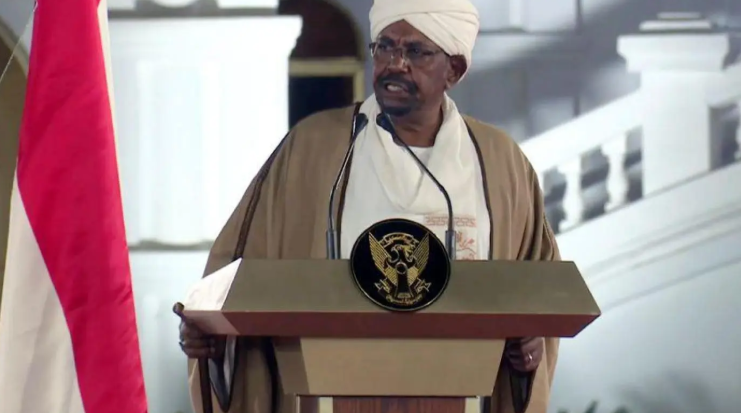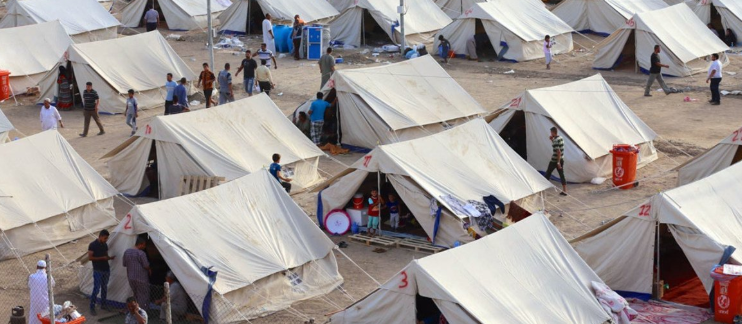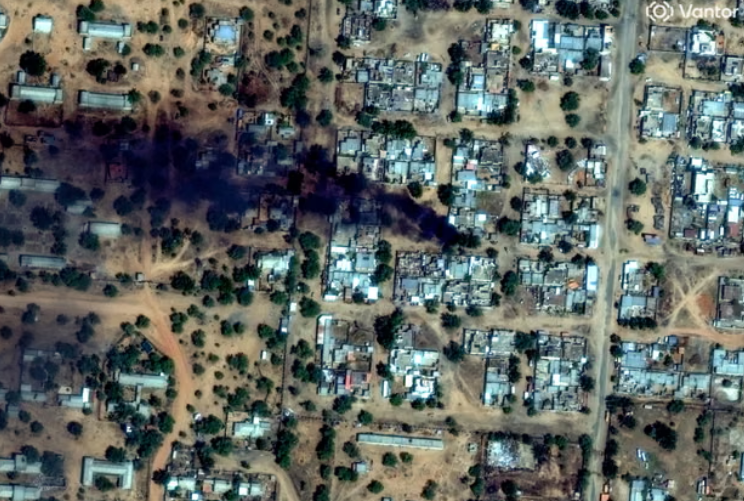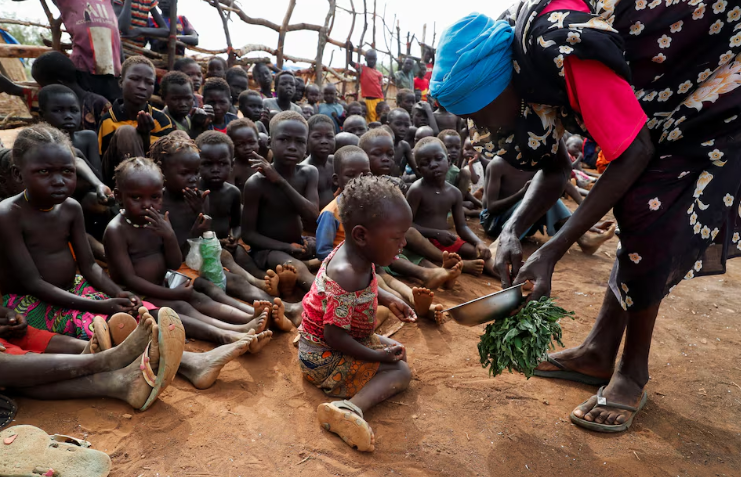Sudan continues to be under one of the worst humanitarian crises in the world where millions are displaced, famine prevails and there is still fighting between the opposing forces. The Sudan conflict 2025 is a new episode in the war which started two years ago and turned into a national tragedy of a destructive level as the cases of war crimes and ethnic violence were heard.
The Sudan Conflict Introduction
In 1956, Sudan was granted its independence over the British and Egyptian rule but has gone through decades of military regimes and dictatorship. Military dictator Omar al-Bashir took over power in 1989 when he was thirty years old and served a thirty-year reign. The crackdown on rebels in Darfur by his government in the year 2003 was one of the darkest moments in the history of Sudan. With the aid of the Janjaweed militia, his government was found guilty of genocide and atrocities against humanity by the international court, and it is estimated that over 300,000 people were killed by the government and millions displaced.

This subsequently became Rapid Support Forces (RSF) led by Mohamed Hamdan “Hemedti” Dagalo that consisted of Janjaweed militia. Several months into the demonstrations in 2019, al-Bashir was toppled by the Sudanese Armed Forces (SAF) and the RSF in favor of a transitional government, which was to be succeeded by civilian rule. However, in 2021 the alliance once again divided and preconditioned the additional disintegration of the situation and the Sudan civil war 2023.
Power tussle between SAF and RSF
The conflict that is described in Sudan starts with the opposition of the SAF forces headed by General Abdel Fattah al-Burhan and the RSF forces led by Hemedti. The two forces were originally allies, but they became hostile to each other regarding the control of the country, as well as the planned incorporation of the RSF into the national army.
Heavy fighting broke out in the capital of Sudan, Khartoum on April 15, 2023. In a few days, the RSF was able to take over major regions and the military was moved to Port Sudan. The conflicts began to expand to different parts of the nation and wiped off the infrastructure, crippled government business and imprisoned millions of civilians in war platforms.
The Humanitarian Toll of War
Since the outbreak of Sudan civil war 2023, it is estimated that more than 150,000 citizens were killed in violence, disease, and starvation. The United Nations estimates that over 21 million individuals are experiencing acute food insecurity and 375000 are on the verge of famine. Over 12 million individuals have been displaced, and the country of Sudan has become the largest displacement crisis in the world.

Displaced Sudanese families face harsh conditions in refugee camps as conflict continues
The families still cross the boundaries into Chad, South Sudan and Egypt, walking days without food and water. The health system has collapsed aggravating the crisis, as over 70 per cent of hospitals are destroyed, the cholera outbreak is claiming thousands of lives and it is spread everywhere.
The Siege and The Taking of El-Fasher
A critical point in the Sudan conflict 2025 occurred in October with the capital of North Darfur being captured by the RSF. It was an 18-month siege of the city, where there were massive shortages of food and mass killings of civilians were reported. El-Fasher had close to 900,000 people living in the area before the war. The majority have since escaped with the rest being starved and beaten up. The Sudan Doctors Network reported an excess of 14,000 deaths during the siege, bombings, as well as extrajudicial executions.

Satellite images show El-Fasher after an 18-month siege by the RSF
The Yale Humanitarian Research Lab analysed satellite images and detected evidence of what might be mass graves and mass killings. Hospitals were particularly targeted and one of the hospitals is the Saudi Maternity Hospital where the killing of hundreds of civilians took place.
Caution of a steadily increasing Humanitarian Disaster
Pundits caution that the collapse of El-Fasher may become a pivotal point in the Sudan conflict 2025 with the RSF having the full control of Darfur. Human rights observers are concerned that atrocities that are committed in the city are similar to those that took place 20 years ago during the genocide. Analysts reckon that Sudan will be devoid of remaining as one de facto nation as one side is controlled by the SAF and the other by the RSF.
Humanitarian agencies are unable to access conflict zones as there is a severed communication line and aid agencies are blocked. According to the International Rescue Committee (IRC), Sudan is the largest and the fastest growing humanitarian emergency in the world.
Hunger and Destruction in Sudan
The famine conditions have affected millions of people due to the war. In the period between December 2024 and May 2025, close to 24 million individuals were in severe food insecurity. More than 635,000 is in famine-like conditions especially in displaced person camps. Women and children are the most susceptible as cases of rampant sexual violence and exploitation have been reported.

Millions face famine as humanitarian access is blocked by ongoing fighting
Several families only depend on humanitarian aid but the accessibility to the aid has been severely limited as a result of attacks on aid workers and the limited availability of aid has made the process extremely hard. IRC cautions that the Sudanese are experiencing famine that is more than that experienced by the whole world.
Current Attempts at Relief
Nevertheless, humanitarian agencies do not cease their activities despite these enormous difficulties. IRC has spread its activities in various states such as Darfur, Khartoum and Blue Nile to provide emergency health care, nutrition and sanitation services. The organisation assists the displaced populations through cash-based aid, mobile health clinics, and child protection.
In Tawila, El-Fasher area, there are thousands of newly displaced individuals who live in crammed shelters and have low food and water supplies. Others have taken days to flee the war and have come without their families. According to IRC teams, unaccompanied children are found and are unable to remember where their parents are.
Also Read: Kendrick Lamar’s Grammy Lead Defines the 2026 Grammy Nominations Race
Final Thoughts
The Sudan war explicated portrays a state that is divided by politics and humanitarian catastrophe. With millions of lives being at stake due to hunger, disease, and displacement, the Sudan conflict 2025 has no apparent end as far as the conflict remains.
The United States, the UAE, Egypt, and Saudi Arabia have just announced a truce which has caused cautious optimism. Nevertheless, unless there are peace efforts and free humanitarian access, there is a danger of the crisis escalating further thus keeping the people of Sudan in a vicious circle of war and misery.
FAQs
1 What triggered the conflict in Sudan?
The war began on April 15, 2023, after clashes between the Sudanese Armed Forces (SAF) and the Rapid Support Forces (RSF) over a power-sharing dispute and the planned integration of the RSF into the army.
2 Who are the main parties fighting in this conflict?
The main groups are the Sudanese Armed Forces (SAF), led by General Abdel Fattah al-Burhan, and the Rapid Support Forces (RSF), led by General Mohamed Hamdan “Hemedti” Dagalo.
3 What regions of Sudan are most affected?
The conflict has heavily impacted Khartoum and the western Darfur region, where violence, mass displacement, and food shortages are most severe.
4 How many people have been displaced and affected by the humanitarian crisis?
More than 12 million people have been displaced, while around 30 million require humanitarian assistance due to war, famine, and disease.
5 Has there been evidence of mass killings or ethnic-targeted violence?
Yes. Reports and satellite images indicate mass graves and targeted attacks against non-Arab ethnic groups, particularly in Darfur.
6 What was the capture of El-Fasher and why is it significant?
The RSF seized El-Fasher, the capital of North Darfur, after an 18-month siege. Its fall gives the RSF full control of Darfur and represents a major turning point in the conflict.
7 What is the status of Sudan’s health system and famine situation?
More than 70 per cent of hospitals have been destroyed, and famine conditions are spreading rapidly, leaving millions at risk of starvation.
8 Is there a ceasefire or peace process underway?
The RSF recently announced a humanitarian truce mediated by the United States, UAE, Egypt, and Saudi Arabia, though the Sudanese Armed Forces has yet to respond.
9 Why is the Sudan conflict considered the world’s largest displacement crisis?
The war has forced more than 12 million people to flee their homes, making it the fastest-growing and largest displacement crisis globally.
10 What are aid organisations doing to help Sudan?
Humanitarian agencies, including the International Rescue Committee, are providing emergency health care, nutrition, water, sanitation, and protection for women and children across affected regions.












